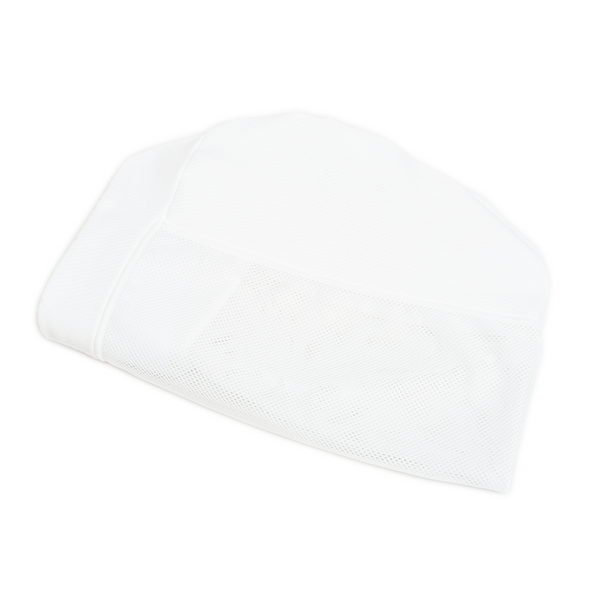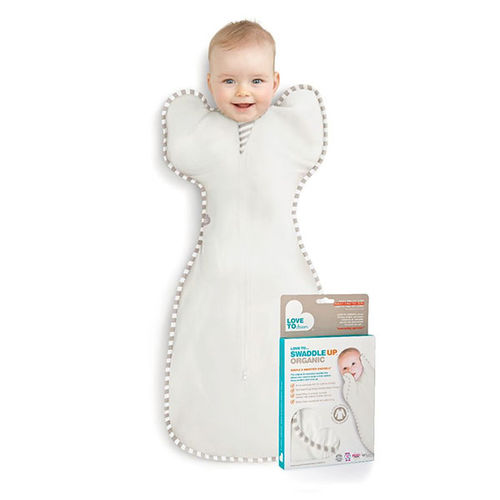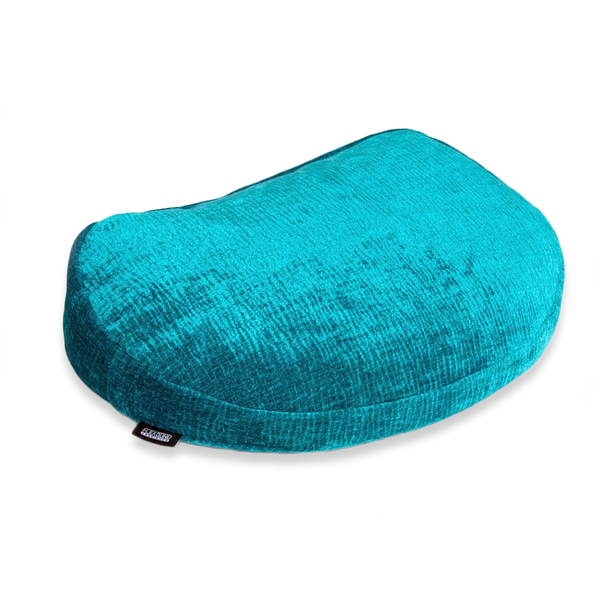30-day use period of LullaMe Solina - 2 in 1 Self-rocking and airy mattress for cot
LullaMe Solina brings a natural rocking motion to a standard-sized cot, replacing a regular mattress. Its movement brings babies comfort and the innovative frame offers them a hygienic and airy lying area. LullaMe Solina is controlled by an application (iOS or Android) or by a separately sold remote control. It can be use up to 12 months with motion.




What does rental period imply?
After your first 30 day use period you can decide whether to buy, continue with as many 30-day periods you want, or return the product. In case you decide to buy LullaMe Solina, we reduce the price for the rental period from the purchase price.
The final price of LullaMe Solina is 429€, when purchasing through the rental period is 429€. By purchasing directly the price is 389€.
The cover in this product is new or comparable to a new one and industrially washed.
Would you prefer to buy one, rather than rent? Click here to our LullaMe Solina product page.
Our 30-day use period is available in EU countries only. For other countries, please check the buying option.
Product Specification
Delivery:
Worldwide delivery takes 2-7 working days. Proceed in the order process to see the shipping costs.
LullaMe Solina mattresses are not available at the moment.
The shipping and returning terms and conditions.
Payment methods:
VISA, Mastercard and AMEX
Paypal
Klarna - pay later (in Finland only)
Klarna - slice up payments (in Finland only)
Prefer to see our buying option? Click here
Thank you so much ! With the mattress it’s the best thing to actually sleep well for the first time in 4 months ! You guys are genuinely genius for this invention am recommending it to everyone I know with a little one it’s brillant
Me and my partner were having difficulties transitioning our little lady from being asleep in our arms to laying down on the normal mattress. LullaMe caught our attention and delivered on its promises. Not only did it make above mentioned transition easier, it also helped wiggling our little lady to sleep when she was upset during the night, or just during the bedtime ritual. We've had some struggles reaching the customer care team during the corona crisis in June. They apologized and compensated us more than fairly. They seem to be very interested in helping each customer with sleeping tips and expert knowledge. I notice while writing this review that I am very much an ambassador of their product and can warm heartily recommend this to any parent with new born.
Hi! Oh, this feedback warms our hearts! Thank you so much for sharing your story and it's truly amazing to hear how our innovation has helped your family's life with a baby <3
We bought the mattress before our baby boy was born and he has been sleeping it on it from the day one. We also bought the swaddle up and those two works togerher as a dream. Definetely worth the money.
Kiitos Taru tosi paljon sun palautteesta ja kauniista kuvasta! Ihana, että LullaMe Solinan liike on ollut teidän uniapurina ensipäivistä lähtien! Kiitos vielä!
Our little one was 2.5months when we were trying out the mattress. I appreciate the great communication and fast correspondence from LullaMe. Having to try out the mattress for 30 days, we tested, it was not an easy task to get our son to self sooth and falls asleep. The self rocking works great when we rock our son in our arms. When he falls asleep, the rocking motion from the mattress makes it easy to transit him to the bed without waking him up, however he still prefers our arms to fall asleep in. It is such a great product idea to have an opportunity to make trials before buying the mattress. I will recommend otherS to try, every baby is difference, you never know what works for you!
Thank you so much for your feedback. Lovely to hear that transitioning to the bed is easier with the movement of LullaMe Solina!
Vauva nukahtaa uudelleen nopeasti patjalle siirrettäessään pois sylistä tai viereltä. Nukahtaa myös itsestään patjalle päiväunille. Kapalo, tutti ja white nouse joskus apuna, toisinaan ei tarvi edes niitä nukahtaakseen. Helpottaa paljon vauvaarkea, kun ei tarvitse hyssytellä itse vauvaa takaisin uneen, talossa asuu myös 3v joka tarvitsee huomiota. Mahakipuja ei ole patja helpottanut rokotteiden aikana.
Kiitos mahtavasta palautteesta - näitä on niin ilo lukea. Mukavaa loppuvuotta teille!




















